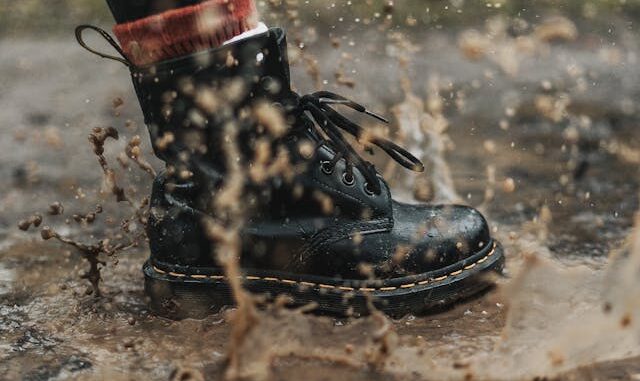
Determining liability in slip and fall accidents involves assessing the circumstances of the accident and identifying the party or parties responsible for maintaining safe premises. Here’s an overview of the key factors that influence liability in slip and fall cases:
- Property Ownership: Property owners have a legal duty to maintain their premises in a reasonably safe condition and to warn visitors of any known hazards. This duty applies to both residential and commercial properties, including homes, businesses, public facilities, and rental properties.
- Occupier Liability: In addition to property owners, occupiers or tenants who control and manage the premises may also be held liable for slip and fall accidents. Occupiers have a duty of care to ensure that the property is safe for visitors and to address any hazards that may arise during their occupancy.
- Foreseeability of Harm: Liability in slip and fall cases often hinges on whether the hazard that caused the accident was foreseeable and could have been reasonably anticipated by the property owner or occupier. If a hazard was known or should have been known through reasonable inspection or maintenance, the responsible party may be held liable for any resulting injuries.
- Negligence: Slip and fall accidents typically result from negligence on the part of the property owner or occupier, such as failing to address known hazards, inadequate maintenance, or lack of warning signs. To establish liability, the injured party must demonstrate that the property owner or occupier breached their duty of care and that this breach directly caused the accident and resulting injuries.
- Contributory Negligence: In some cases, the injured party’s own negligence may contribute to the accident. For example, if the victim was distracted, not paying attention to warning signs, or acting recklessly, their own negligence may reduce the amount of compensation they can recover.
- Third-Party Liability: In certain situations, third parties may also be held liable for slip and fall accidents. For example, contractors, maintenance companies, or subcontractors hired to perform work on the premises may be responsible for creating or failing to address hazards that lead to accidents.
- Government Liability: Slip and fall accidents that occur on government-owned property, such as sidewalks, parks, or public buildings, may involve government liability. Government entities have a duty to maintain public spaces in a safe condition and may be held liable for injuries caused by negligence or failure to address known hazards.
Determining liability in slip and fall cases can be complex and depends on the specific facts and circumstances of each case. Consulting with a qualified personal injury lawyer who specializes in slip and fall accidents can help injured parties understand their rights and options for pursuing compensation. A lawyer can assess the strength of the case, gather evidence, and advocate on behalf of the injured party to hold the responsible parties accountable for their negligence.
